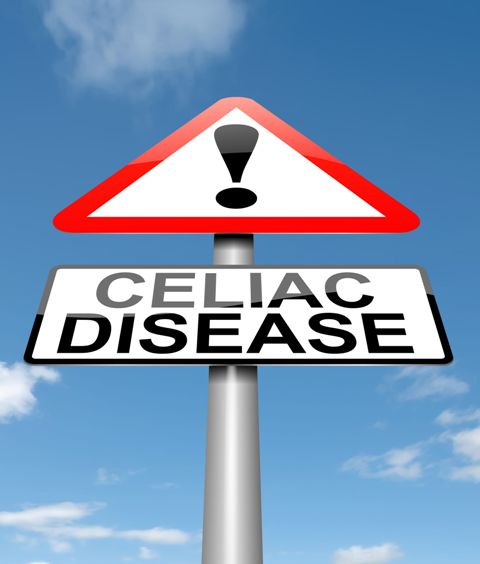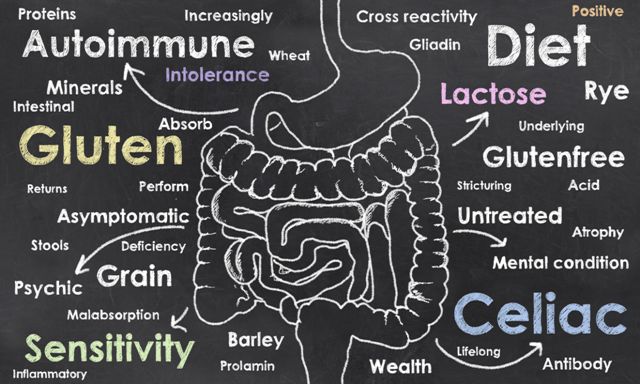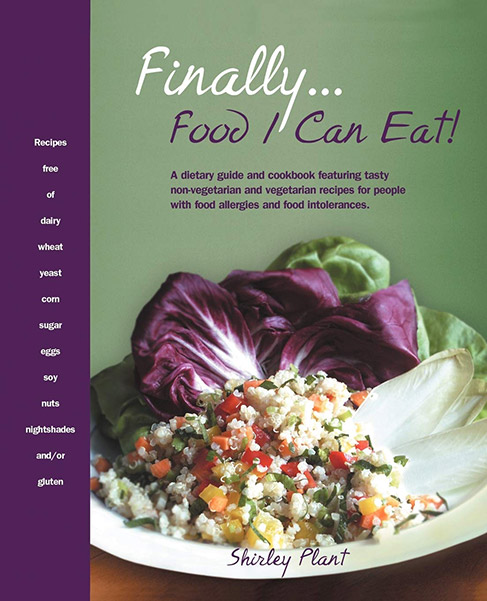Celiac Awareness – What Going Gluten Free Really Means

May is Celiac Awareness month
Since I am Celiac I thought I’d write a blog post about Celiac awareness and what going gluten free really means to me.
Many of my clients come to me saying, do you think I might have a gluten sensitivity, or be Celiac? My answer is always the same. The best way to find out is to avoid gluten for 30 days or have genetic testing done. If you avoid gluten, and I mean all gluten and your symptoms disappear then gluten is posing a problem for your body. The problem is, gluten is in almost every pre-packaged food, so it’s a huge undertaking to remove it 100 percent from your diet.
An estimated 99 percent of people who have a problem with eating gluten don’t even know it. They attribute their symptoms to other things or something else and many do not want to give up their daily bagel, pasta or treat. Finding out more about Celiac awareness and all that it encompasses can be overwhelming, but there are many practitioners that are well versed in Celiac disease and gluten sensitivity you need only search the internet or reach out to your local Celiac Associations.
Traditional diagnostic testing has focused on blood antibody tests and or intestinal biopsies.
The problem is, traditional tests for gluten sensitivity and Celiac are often incorrect, which is why so many people say I have been tested for Celiac, so I guess I can eat gluten, yest ask the question why do I still have tummy problems and or feel ill?
These tests only measure a fraction of how a person’s immune system can react to gluten. Add to the problem that different grains contain different types of gluten. Blood tests only measure the gluten found in wheat (gliadin). When a doctor does a biopsy he only tests in certain areas which again can create negative results when in fact you are Celiac. One of my clients had a biopsy done in her forties because she had terrible irritable bowel syndrome. The doctor told her she was not Celiac and that she could continue to eat gluten. Twenty years later she had another scope and it was revealed that she was Celiac.
Many people who are diagnosed with Celiac Disease and follow a gluten free diet see some improvement, but many do not. I was one of those people and I could never figure out why until I seeked the advice of a medical doctor in the United States who was well versed in gluten intolerance. What I discovered is that the traditional gluten free diet is not really gluten free. This is because there are different forms of gluten. Corn contains gluten, so do oats, millet and other grains, and yet the gluten sensitivity tests and gluten free diets focus on only 3 grains (wheat, barley,rye) and sometimes oats.
Celiac Disease and Gluten Sensitivity masquerade as dozens of other diseases with different names

The New England Journal of Medicine listed 55 disease that can be caused by gluten. Listed are osteoporosis, irritable bowel syndrome, inflammatory bowel disease, anemia, cancer, chronic fatigue, rheumatoid arthritis, lupus, multiple sclerosis, anxiety, schizophrenia, dementia, migraines, epilepsy, autism, and neuropathy.
Celiac disease and gluten sensitivity is actually an autoimmune disease that creates inflammation throughout the body and can affect any organ; brain, heart, joints, digestive tract, etc. It can in fact be the single cause behind many diseases and until your remove the gluten you will continue to be sick.
Here is a list of some of the symptoms that may be due to gluten:
- Chronic Intestinal Problems
- Infertility
- Recurrent Miscarriage
- Osteoporosis
- Anemia
- Migraines
- Psoriasis
- Eczema
- Irritable Bowel Syndrome
- Bipolar or Schizophrenia
- Thyroid Issues
- ADD, ADHD
- Autism
- Fibromyalgia
- Chronic Fatigue Syndrome
- Restless Leg Syndrome
- Sleep Apnea
- Diabetes
- Multiple Sclerosis or Autoimmune Conditions
Following a strict gluten free diet, or having genetic testing is a sure way to find out if gluten is causing your ill health. Remember that many foods contain gluten and that gluten can go by other names so pay special attention to reading labels.
Many people choose to buy gluten free packaged foods. There is now a billions dollar gluten free industry, but many of these packaged foods have high amounts of sugar and salt and no real nutritional value. One in three people is expected to be diabetic by the year 2020. Simply replacing packaged gluten foods for packaged gluten free foods is not the answer.
Remember if you eat whole, natural foods that come from the ground and not in a package they are less likely to contain gluten and other additives and refined sugars.
The easiest way for me to avoid gluten is that I avoid pre-packaged foods. I know that some people feel they do not have the time to make meals from scratch, but for me it’s a choice, a choice to feel better and give my body the foods it needs to heal.
Need help going gluten free? Feel free to contact me as I help people with menu planning, customized recipes and support with living with food allergies and Celiac disease.
Hidden Gluten
- Hydrolyzed Vegetable Protein
- Vegetable Protein
- Malt
- Modified Starch
- Vegetable Gum
- Soy Sauce
- Flavourings
- Spices




